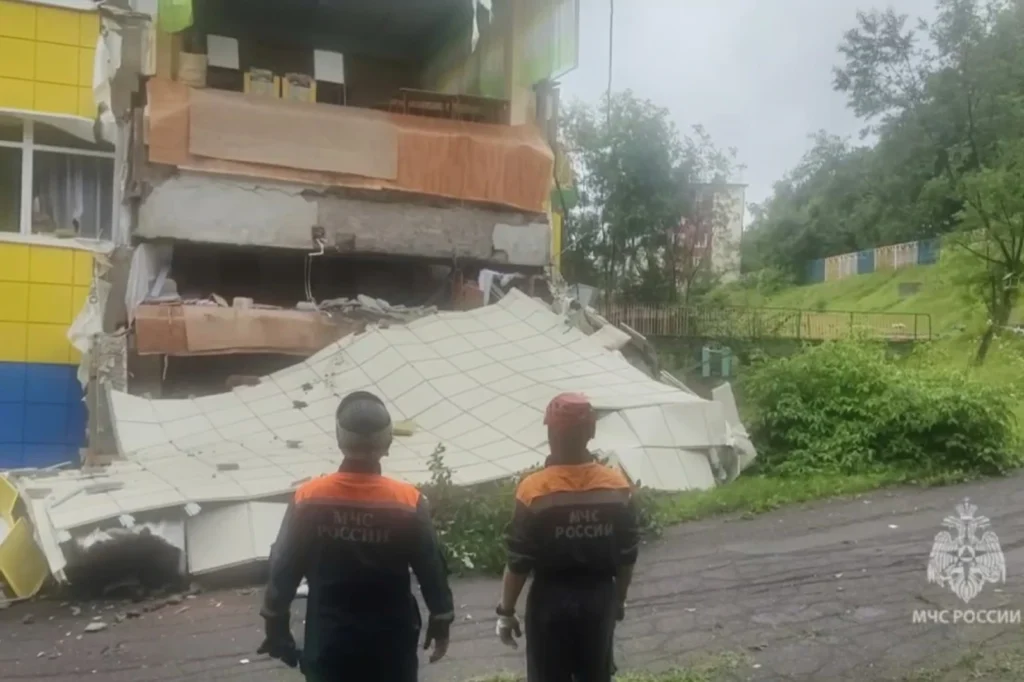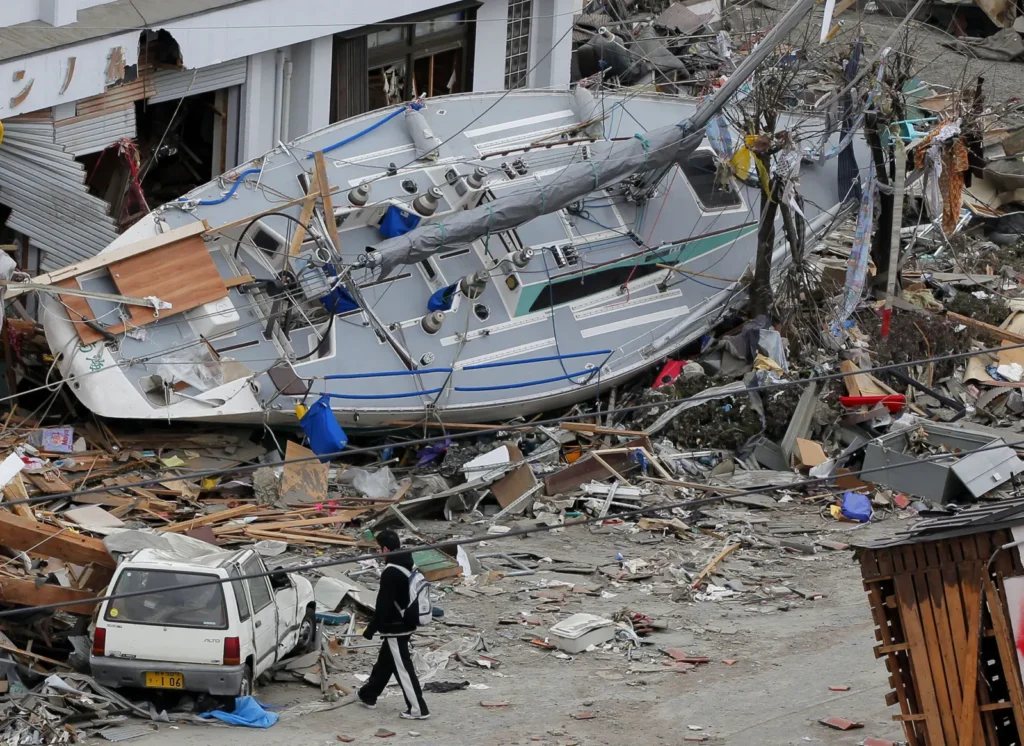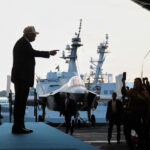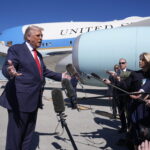Tsunami Hits Japan, Hawaii After Russia 8.8 Quake/ Newslooks/ WASHINGTON/ J. Mansour/ Morning Edition/ A massive 8.8-magnitude earthquake off Russia’s eastern coast triggered tsunami waves across the Pacific, affecting Japan, Hawaii, Alaska, and more. Evacuations and alerts followed as waves hit coastal regions, though major damage remains limited. Warnings have since been downgraded in some areas, but officials remain cautious.

Russia Earthquake Tsunami + Quick Looks
- 8.8 magnitude quake strikes off Russia’s Kamchatka Peninsula
- Tsunami waves reach Japan, Hawaii, Alaska, and California
- Waves hit Russia’s Kuril Islands, flooding Severo-Kurilsk
- Japan issues evacuation advisories for 2 million people
- Hawaii activates Black Hawk helicopters, sets up shelters
- China, Philippines, New Zealand, and Mexico issue coastal alerts
- Tsunami downgraded in some areas, but strong currents persist
- Historical comparison made to 2011 Japan disaster
- Nuclear facilities in Japan halt operations for safety
- Authorities warn waves can last up to 24 hours
Deep Look: Pacific Coastlines Rattled by Tsunami After 8.8 Russia Quake
July 30, 2025
A powerful 8.8-magnitude earthquake off the Kamchatka Peninsula in eastern Russia early Wednesday unleashed a far-reaching tsunami that triggered warnings and evacuations across the Pacific region, from Japan and Hawaii to the west coasts of North America and even parts of the South Pacific.
The U.S. Geological Survey (USGS) initially reported the quake as an 8.0 before revising the magnitude to 8.8. The quake struck at 8:25 a.m. Japan time, approximately 74 miles east-southeast of Petropavlovsk-Kamchatsky. A series of aftershocks — some reaching magnitude 6.9 — quickly followed.
Waves Spread Across the Pacific
The Japan Meteorological Agency (JMA) recorded tsunami waves as high as 60 cm (2 feet) and later higher waves up to 50 cm (1.6 feet) in Ishinomaki, with activity detected from Hokkaido to Tokyo Bay. Authorities issued evacuation orders affecting 2 million residents in over 220 municipalities.
In Russia’s Kuril Islands, four tsunami waves as high as 3 meters (10 feet) hit Severo-Kurilsk, flooding a key fishing port and cutting power. Local officials declared a state of emergency. Russia’s Oceanology Institute warned that some waves may have reached 15 meters (49 feet) in isolated parts of the Kamchatka coast.
The United States’ National Tsunami Warning Center issued advisories and warnings for Hawaii, Alaska, California, Oregon, and Washington, prompting evacuations in Honolulu and Crescent City, California. Hawaii’s Gov. Josh Green confirmed wave activity in Oahu, where 20- to 30-foot water recession signaled an incoming wave. Advisories remain in place as officials warn of persistent dangerous currents.
In Canada, British Columbia faced expected waves under 30 cm, with marinas and harbors advised to evacuate. Small tsunami waves were also forecast for Vancouver Island and parts of the Philippines, while New Zealand and Mexico braced for late-night coastal surges.
Damage and Response
Russia’s Kamchatka Peninsula sustained moderate damage, including injuries from residents fleeing buildings. A kindergarten in Petropavlovsk-Kamchatsky was damaged, and medical teams were praised for continuing surgeries during the quake. No fatalities were reported, and connectivity was restored within hours.
Japan’s nuclear facilities along the coast halted operations, including the Fukushima Daiichi nuclear plant, as a precaution. Over 4,000 workers sheltered at higher ground. Tokyo Electric also suspended radioactive wastewater releases during the alert.
Transportation was disrupted across Japan: ferries, local trains, and flights were delayed or suspended, including a temporary runway closure at Sendai Airport.
Public Preparedness and Global Reactions
Honolulu’s tsunami sirens blared, sending thousands to higher ground. Gas stations closed, traffic jammed, and emergency shelters opened in schools and community centers. Hawaii officials activated Black Hawk helicopters and high-water vehicles in preparation for rescues.
China briefly issued tsunami alerts for Shanghai and Zhejiang, later lifting them. The Philippines, Fiji, Samoa, Tonga, and other South Pacific nations urged residents to stay off beaches and prepare for evacuation, though no waves of significance were reported by evening.
According to Dave Snider, tsunami warning coordinator in Alaska, the tsunami included multiple powerful waves and could impact coastlines for over 24 hours.
“A tsunami is not just one wave,” Snider explained. “It’s a series of powerful waves traveling hundreds of miles per hour. When they reach shallow waters, they stack up and flood in.”
Historic Strength and Global Impact
This event marked one of the strongest earthquakes this century, ranking with the 2010 Chile (8.8), 2011 Japan (9.1) and 2004 Indonesia (9.1) disasters. Russian scientists described it as a ‘unique event’, the strongest in Kamchatka since 1952.
Though many alerts have since been downgraded, officials across affected nations urge continued vigilance. Tsunami activity may persist, and authorities advise keeping clear of beaches, harbors, and low-lying coastal zones until warnings are fully lifted.







